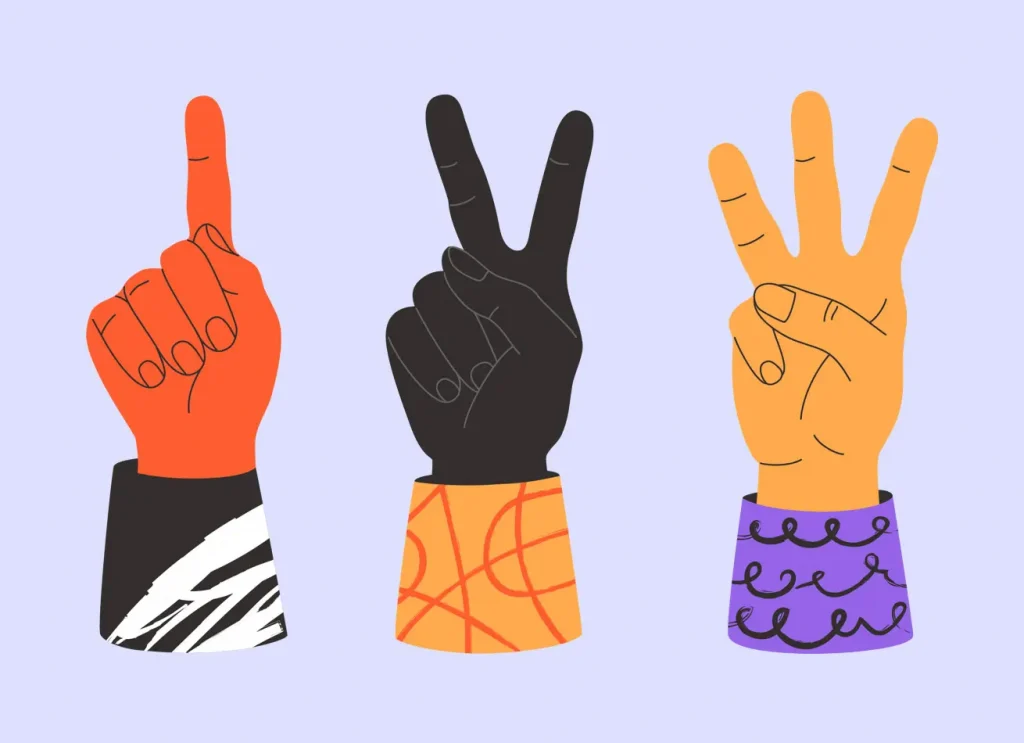When designing a website, visual elements and usability are essential for providing a great user experience. Visuals should be used to create depth and texture and communicate a message, while usability considerations should include making navigation clear and intuitive, providing calls to action, including search functionality, and testing with real users.
Designing a website can be challenging, especially for those who are unfamiliar with web design. But it doesn't have to be overwhelming! Creating a site that is visually appealing and easy to navigate is achievable with some careful planning. In this article, we will explore how to design a site that is both aesthetically pleasing and user-friendly. We will cover crafting an intuitive site design, making the most of visual elements, and tips for optimizing usability. No matter your level of experience, with the right guidance, you can design a website that works for you and your audience. Let's get started!
- 1. Crafting an Intuitive Site Design
- 2. Making the Most of Visual Elements
- 3. Tips for Optimizing Usability
1. Crafting an Intuitive Site Design
When designing a website, it is important to keep the user experience in mind. Creating an intuitive site design can help ensure visitors have an enjoyable and easy time navigating your site. To craft a great design, start by considering the following:
Layout: It is important to create a logical hierarchy for the pages of a website and plan out a layout that is easy to navigate. This means grouping related content together and separating it clearly from unrelated content.
Content: Content is king when it comes to web design. Make sure the content is organized in a way that makes sense to the user and is easy to find. If possible, try to limit the amount of text, as this can help create a more visually appealing layout.
Navigation: Give visitors clear ways to navigate around the site. This means having a well-labeled navigation bar, as well as providing links to related content.
Color: Color can be used to create an aesthetically pleasing design, but it should also be used to create a sense of hierarchy. For example, you could use brighter colors to draw attention to important areas of the website.
Imagery: Imagery can be used to break up text and add visual interest to a website. When selecting images, make sure they are relevant to the content and consistent with the overall design of the website.
By taking the time to craft an intuitive site design, you can help ensure that visitors have a great experience when visiting your website.
2. Making the Most of Visual Elements
When it comes to designing a website, visual elements are key. A great website design should take into account the importance of visuals, as these are what will make the site stand out and draw in users. To make the most of visual elements, there are a few key tips that should be kept in mind.
First, visuals should be used to highlight important information. For example, using a different font or color to draw attention to a headline can make a big difference. Additionally, visuals can be used to provide visual cues that direct users to important areas of the website.
Second, visuals should be used to create a sense of depth and texture. This can be done through the use of textures, patterns, and other visual effects. For example, using a textured background to create a sense of depth can make a website look more professional and interesting.
Finally, visuals should be used to communicate a message. Visuals can be used to convey emotion, create a sense of urgency, or communicate information. For example, using a bright color to indicate that a sale is happening can be a great way to draw attention to a product or service.
Using visual elements effectively can make a big difference when it comes to website design. By keeping the above tips in mind, it is possible to create a visually appealing and effective website that will draw in users and keep them engaged.
3. Tips for Optimizing Usability
When designing a website, usability is essential for providing a good user experience. Optimizing usability helps to ensure that users can easily navigate and interact with the website. Here are some tips to help you optimize usability when designing your site:
1. Make Navigation Clear and Intuitive – Navigation should be clear and easy to understand. This means that users should be able to intuitively find what they are looking for without any confusion.
2. Provide Clear Calls to Action – Calls to action should be clear and easy to understand. For example, if you are directing users to a landing page, make sure that the CTA button stands out clearly.
3. Include Search Functionality – A search bar can help users to quickly find what they are looking for. Make sure to include a search bar in an easy-to-find location.
4. Test Your Design – Testing is key to understanding how users interact with your website. Test your design with real users to get feedback and identify any areas where usability can be improved.
By following these tips, you can optimize usability and create a better user experience for your website visitors.
Designing a website can be an overwhelming experience, but it doesn’t have to be. By following the tips outlined in this article, you can create an intuitive design with effective visual elements, and optimize usability for the best user experience. With a well-designed website, you can attract more visitors, increase engagement, and generate more leads.



